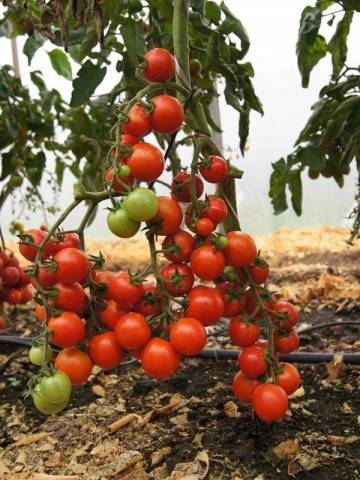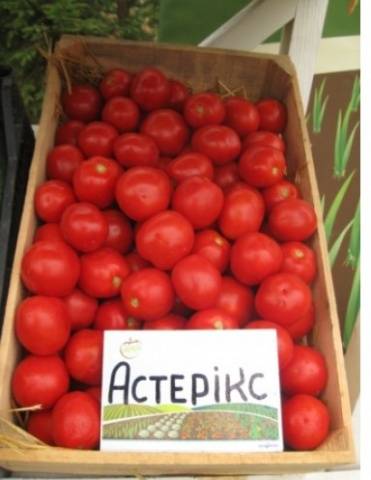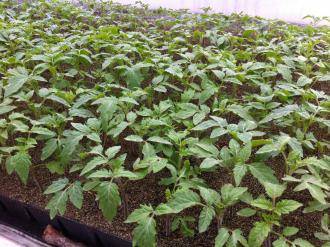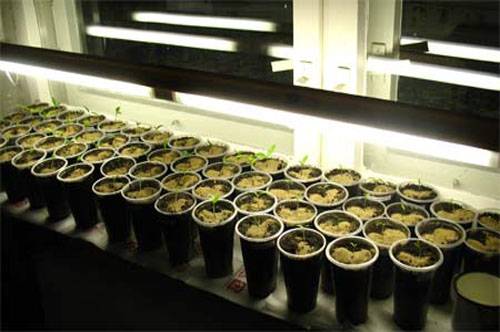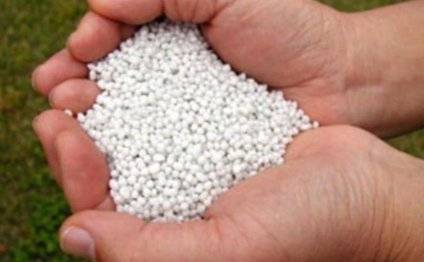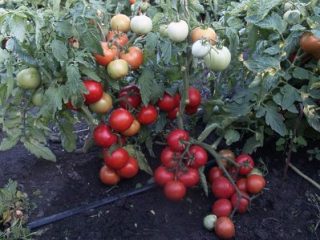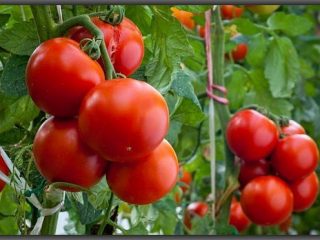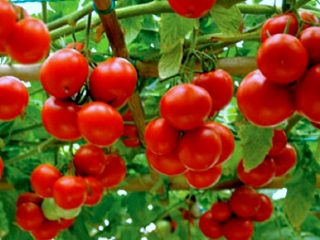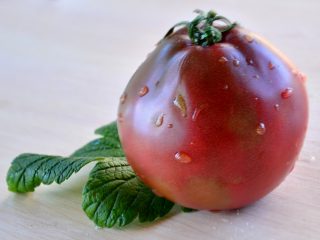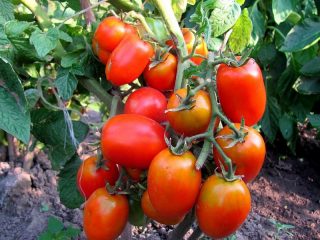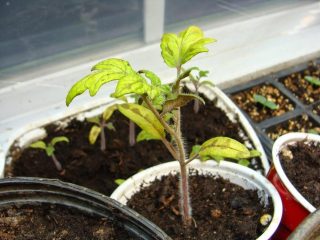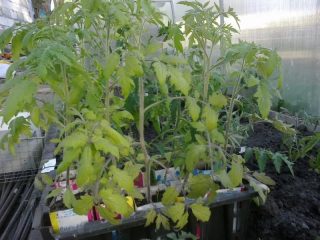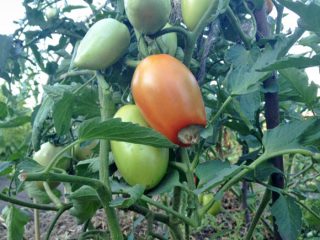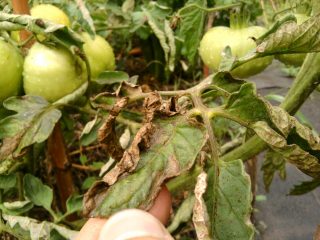Content
A good harvest of any crop begins with seeds. Tomatoes are no exception. Experienced gardeners have long compiled a list of their favorite varieties and plant them from year to year. There are enthusiasts who try something new every year, choosing for themselves that very tasty, productive and unpretentious tomato. There are a lot of varieties of this crop. There are more than a thousand of them in the State Register of Breeding Achievements alone, and there are also amateur varieties that have not been tested, but are distinguished by excellent taste and excellent yield.
Varieties or hybrids - which is better?
Tomatoes, like no other crop, are famous for their diversity. What kind of fruits you won’t find among them! And the bushes themselves differ greatly in their type of growth, ripening time and yield. Such diversity gives scope for selection. And the ability to create hybrids that combine the best properties of both parents and have enormous vitality allowed breeders to reach a new level.
Advantages of hybrids
- greater vitality, their seedlings are ready for planting faster, plants develop faster in open ground and greenhouses, all bushes are leveled, well-leafed;
- hybrids adapt well to any growing conditions, tolerate temperature changes, heat and drought well, and are stress-resistant;
- the fruits of hybrids have the same size and shape, most of them are suitable for machine harvesting;
- Hybrid tomatoes are easily transported and have a good presentation.
Foreign farmers have long mastered the best hybrid varieties and plant only them. Tomato hybrids are not so popular among many of our gardeners and farmers. There are several reasons for this:
- hybrid tomato seeds are not cheap; obtaining hybrids is a labor-intensive operation, since the entire process is carried out manually;
- the impossibility of collecting seeds from hybrids for planting next year, and the point is not that they are not there: plants from collected seeds will not repeat the characteristics of the hybrid and will give a meager harvest;
- the taste of hybrids is often inferior to that of varieties.
The first hybrid tomatoes, indeed, differed in taste from the varieties for the worse. But selection does not stand still. The latest generation of hybrids is improving the situation. Many of them, without losing all the advantages of hybrid varieties, have become much tastier. Such is the hybrid Asterix f1 from the Swiss company Syngenta, which ranks 3rd in the world among seed companies. The breeding of the Asterix f1 hybrid was carried out by its branch located in Holland. To understand all the advantages of this hybrid tomato, we will give it a full description and characteristics, look at the photo and read consumer reviews about it.
Description and characteristics of the hybrid
The Asterix f1 tomato was included in the State Register of Breeding Achievements in 2008. The hybrid is zoned in the North Caucasus region.
The Asterix f1 tomato is intended for farmers, as it is well suited for commercial production. But Asterix f1 is also quite suitable for growing in the garden.In the northern regions, its yield potential will be fully revealed only in greenhouses and greenhouses.
In terms of ripening time, the Asterix f1 hybrid is classified as mid-early. When sown in open ground, the first fruits are harvested 100 days after germination. This is possible in the southern regions - where it is supposed to grow. To the north you cannot do without growing seedlings. From planting to the first fruits you will have to wait about 70 days.
Asterix f1 is a determinate tomato. The plant is powerful, well leafy. Fruits covered with leaves will not suffer from sunburn. Planting pattern - 50x50cm, i.e. per 1 square. m will fit 4 plants. In the south, the Asterix f1 tomato grows in open ground; in other regions, closed ground is preferable.
The hybrid Asterix f1 has a very high potential yield. With good care from 1 sq. m of planting you can get up to 10 kg of tomatoes. The harvest gives back together.
The fruits of the Asterix f1 hybrid are not very large - from 60 to 80 g, with a beautiful, oval-cuboid shape. There are only three seed chambers; there are few seeds in them. The fruits of the Asterix f1 hybrid have a rich red color and do not have a white spot on the stalk. Tomatoes are very dense, the dry matter content reaches 6.5%, so they make high-quality tomato paste. They are perfectly preserved - the thick skin does not crack and retains the shape of the fruit well in jars.
The high vitality of the heterotic hybrid Asterix f1 gave it resistance to many viral and bacterial diseases of tomatoes: bacteriosis, Fusarium and Verticillium wilt. It is not affected by the root-knot nematode either.
Hybrid Asterix f1 adapts well to any growing conditions, but will show maximum productivity with good care. This tomato tolerates high temperatures and lack of moisture without problems, especially if sown directly into the ground.
Hybrid Asterix f1 is perfect for farms.
To get the maximum yield of Asterix f1 tomatoes, you need to know how to properly grow this hybrid.
Features of caring for a hybrid
When sowing Asterix f1 tomato seeds in open ground, it is important to correctly determine the timing. Before the earth warms up to 15 degrees Celsius, it cannot be sown. Usually for the southern regions this is the end of April, beginning of May.
To make it convenient to mechanize the care and harvesting of tomatoes, it is sown with ribbons: 90x50 cm, 100x40 cm or 180x30 cm, where the first number is the distance between the ribbons, and the second is between the bushes in the row. Sowing with a distance between tapes of 180 cm is preferable - it is more convenient for the passage of equipment, it is easier and cheaper to set up drip irrigation.
For early harvest in the south and for planting in greenhouses and greenhouses in the north, seedlings of the Asterix f1 hybrid are grown.
How to grow seedlings
Syngenta know-how is pre-sowing seed treatment using special disinfectants and stimulants. They are completely ready for sowing and do not even require soaking. When compared with the control group, the seedlings of Syngenta tomato seeds were stronger; they sprouted several days earlier.
Under these conditions, the seeds are guaranteed to remain viable for 22 months.
Tomato seedlings Asterix f1 should develop at an air temperature of 19 degrees during the day and 17 at night.
On farms, germination chambers are used for this; on private farms, a container with seeds is placed in a plastic bag and kept in a warm place.
As soon as the Asterix f1 tomato seedlings have 2 true leaves, they are planted into separate cassettes. For the first few days, the pruned seedlings are shaded from the sun. When growing seedlings, an important point is proper lighting. If it is not enough, the seedlings are illuminated with special lamps.
Tomato seedlings Asterix f1 are ready for planting after 35 days. In the south it is planted at the end of April, in the middle zone and to the north - the planting time depends on the weather.
Further care
A good harvest of Asterix f1 tomatoes can only be obtained with drip irrigation, which is combined with fertilizing with a complete complex fertilizer containing microelements every 10 days. Asterix f1 tomatoes especially need calcium, boron and iodine.At the first stage of development, tomatoes need more phosphorus and potassium; as the bush grows, the need for nitrogen increases, and before fruiting, more potassium is needed.
Asterix f1 tomato plants are formed and the leaves under the formed trusses are removed only in the middle zone and to the north. In these regions, the Asterix f1 hybrid is grown in 2 stems, leaving a stepson under the first flower cluster. There should be no more than 7 brushes on the plant, the remaining shoots are pinched after 2-3 leaves from the last brush. With this formation, most of the crop will ripen on the bush.
Growing tomatoes is shown in detail in the video:
Hybrid Asterix f1 is an excellent choice for both farmers and amateur gardeners. The effort spent caring for this tomato will ensure a large harvest of fruit with good taste and versatile use.
